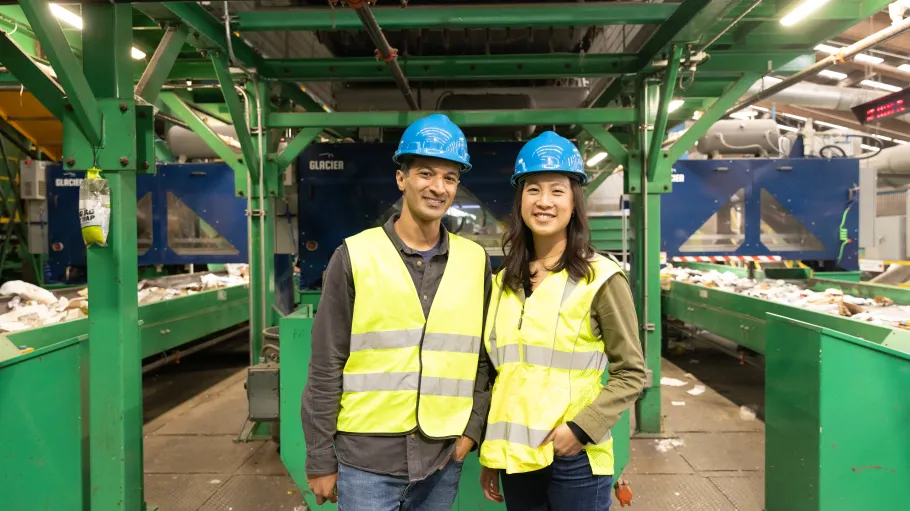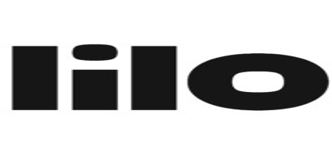
At Working Capital Fund (WCF), we back technology that protects workers, strengthens supply chains, and enables system-level change. We’re excited to announce our investment in Glacier: an AI-powered robotics company that automates material sorting, improves safety for workers, increases efficiency of material recovery, and strengthens traceability of goods across supply chains.
Among these multiple potential positive impacts, worker safety is primary, and we will focus on how this automation can lead to better and more stable working conditions. Recycling sorters and reclamation workers in the U.S. are exposed to severe injury by machinery, airborne hazards, and toxic waste (LOHP). This job category is hazardous, and like other jobs that require little training, it offers low pay with entry-level salaries below $29,000 (ERI, 2025). Not surprisingly, the industry is characterized by high turnover and vacancies, yet nearly 300 million tons of solid waste in the U.S. must be processed each year. Glacier breaks this stalemate of demand and supply of workers with a different approach.
Glacier automates sorting, decreasing workers’ exposure to toxins and reducing safety risks. This application of robotics increases productivity, while providing upskilling opportunities in operations and maintenance. As automation transforms legacy industries, the Glacier team is committed to a future of work in which workers are safer, better trained, and essential. We see the potential for Glacier’s deployments to deliver better conditions and more opportunities for workers in this troubling but vital sector.
On the supply chain front, today’s brands face a challenge: what happens to their products after consumption? Many, from Colgate-Palmolive to Amazon, have committed to improving recycling rates and reducing waste, but lack the visibility to know whether it’s actually happening. Glacier is working to give them answers. The company’s automated data collection capabilities enable product traceability, helping meet the demand for post-consumer recycled material inputs in value chains. Glacier will allow producers and recyclers to access product-specific recycling rates and provide real-time insight into the use of products across their lifecycle. In this way, Glacier extends WCF’s longstanding focus on supply chain transparency into the post-consumer stage, offering a full-loop traceability solution.
The company, founded by the visionary team of Rebecca Hu Thrams and Areeb Malik, has been scaling rapidly, and recently announced its Series A round. We, on the WCF team, are thrilled to join them on their journey of bringing a thoughtful and worker-first approach to robotics and automation. The coming decade will change the future of work with robotics as a rapidly evolving sector, and companies like Glacier can lead the way in a socially responsible manner.

Areeb Malik and Rebecca Hu-Thrams, co-founders of Glacier.


